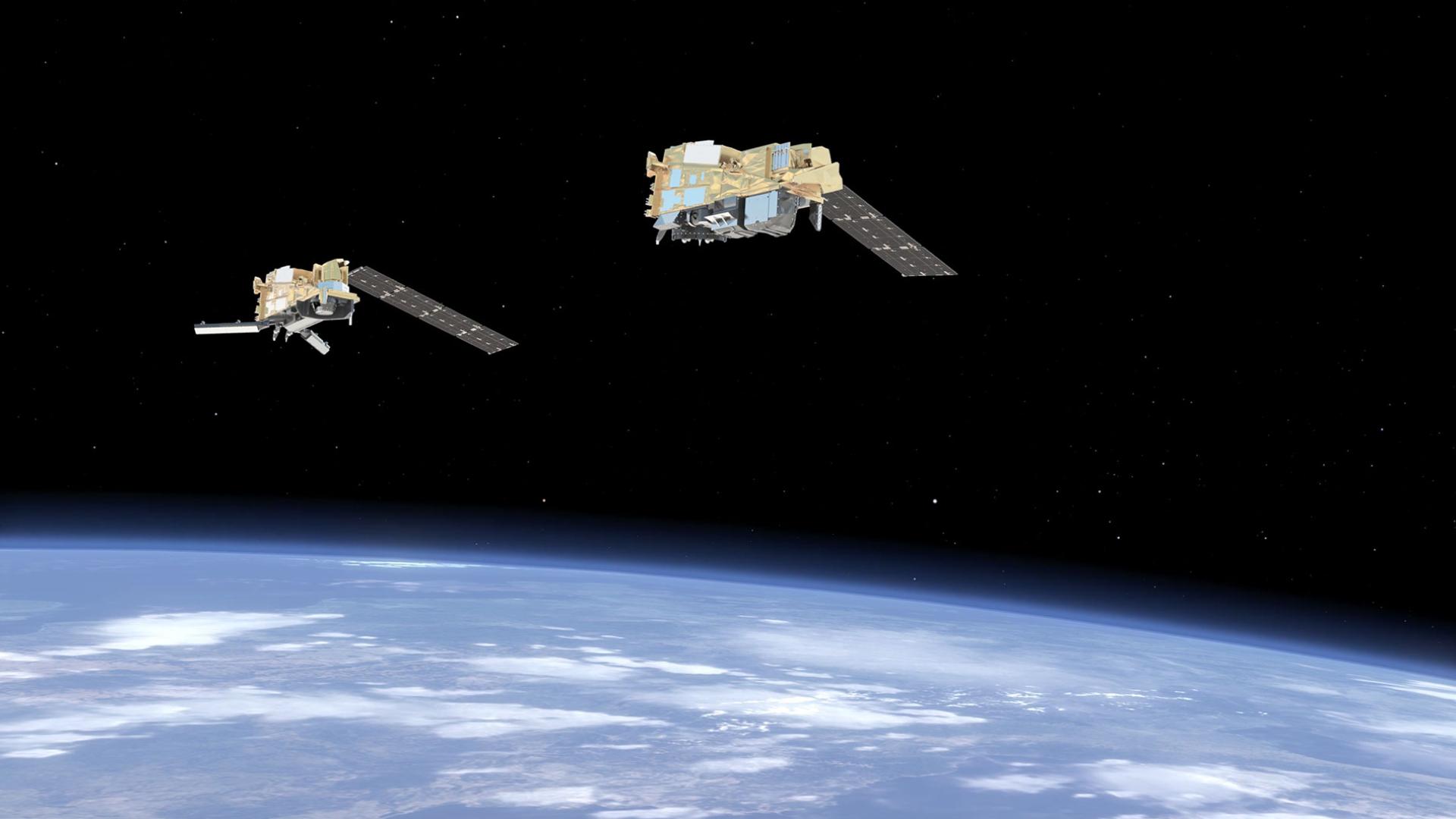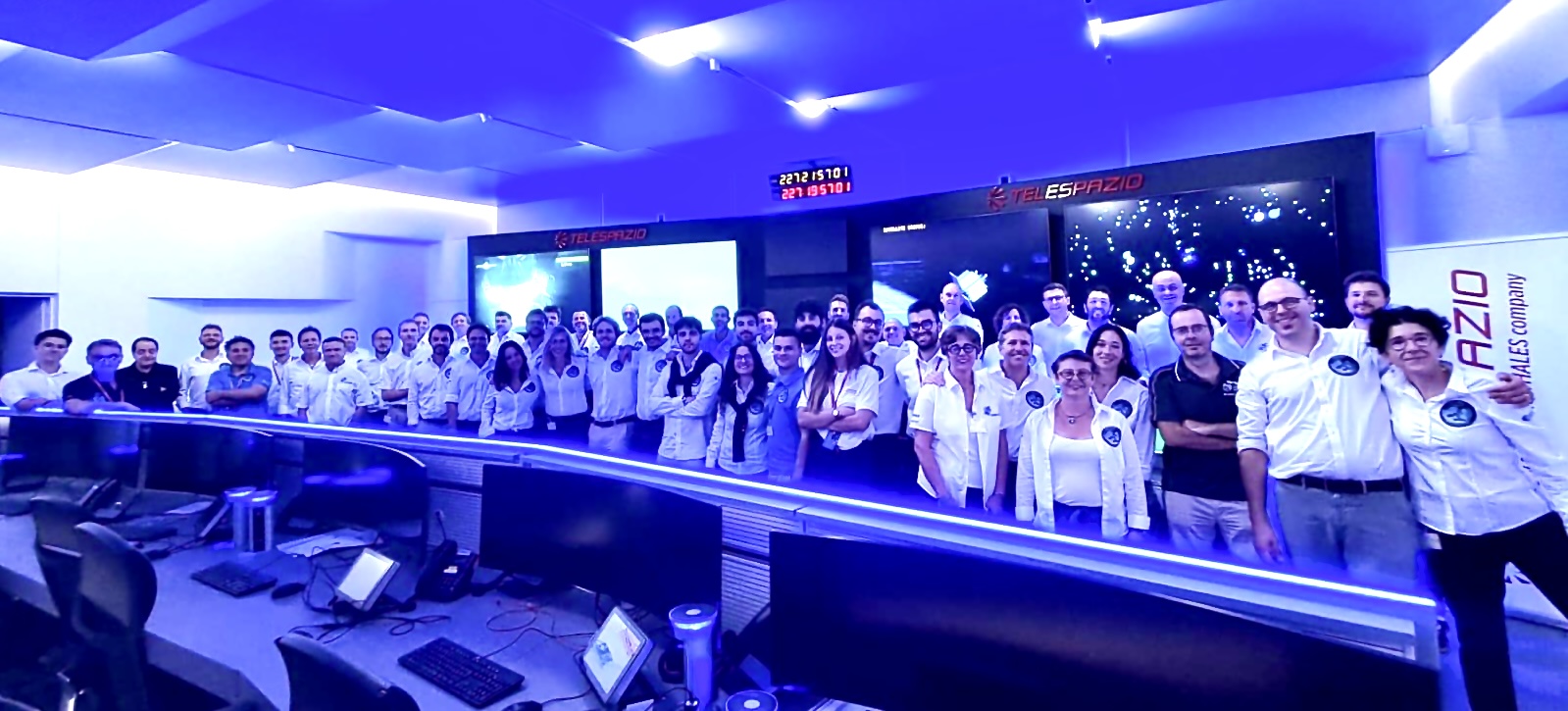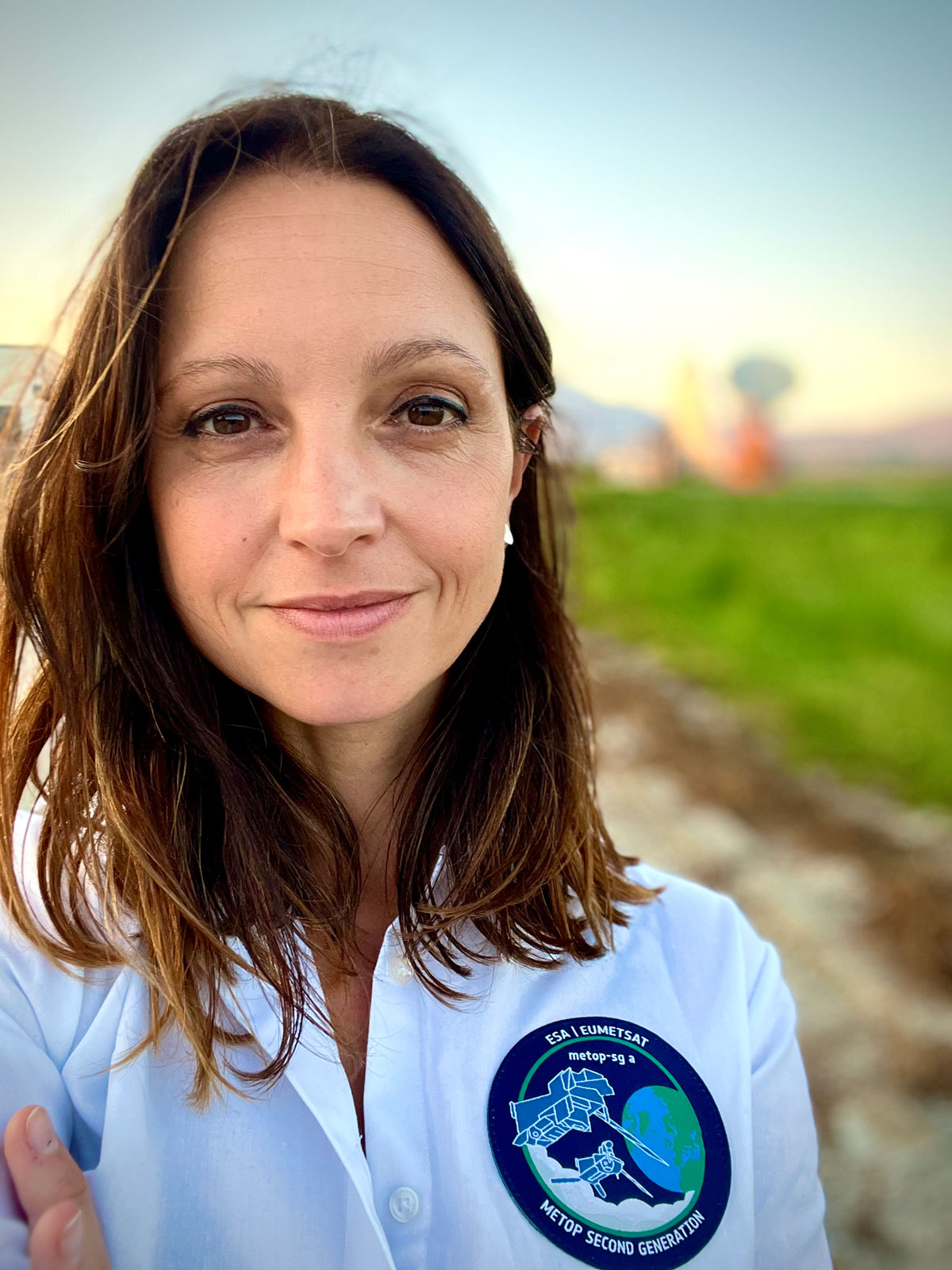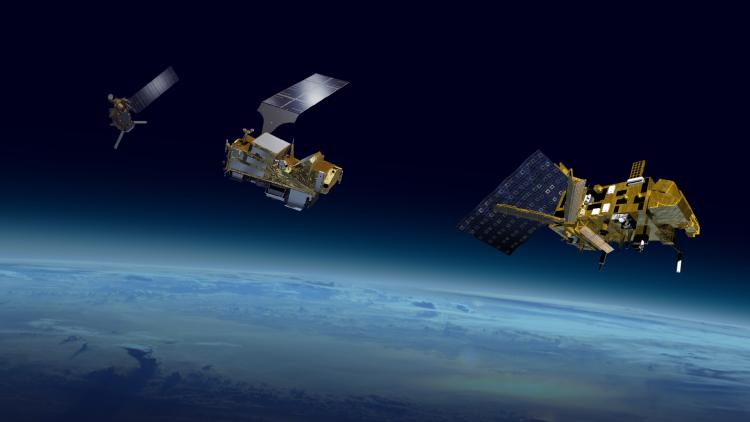
Into orbit
The Metop Second Generation A1 satellite takes to the skies


EUMETSAT’s Valeria Bozzi explains the work that went into making the recent Launch and Early Operations Phase of Metop-SGA1 a success.
What is a LEOP?
A LEOP is one of the most exciting phases in a satellite’s journey. The goal of a LEOP is to guide the satellite through its very first steps in space toward its intended orbit after it separates from the rocket. Despite the intense preparation and testing, this is the first time not only for the satellite to be in space, but also for the teams on the ground to be ready to provide rapid and precise responses to potentially high-stakes situations. A LEOP ends when the satellite is in its correct orbital position.
Who are the organisations involved in the Metop-SGA1 LEOP?
This LEOP went so smoothly thanks to the successful collaboration between EUMETSAT, European Space Agency, Telespazio, and Airbus Defence and Space.

The LEOP team from EUMETSAT, the European Space Agency, Telespazio, and Airbus Defence and Space responsible for the Metop Second Generation A1 LEOP at the Fucino Space Centre in Italy on 15 August 2025
Credit: Telespazio
When did it start and how long did it last?
The rocket carrying the satellite lifted off from Kourou, French Guiana, at 2:37am CEST on 13 August, with the satellite separating from the rocket about an hour later. The LEOP lasted for 72 hours, as planned.
Can you please highlight the key milestones?
After launch and the separation of the satellite from the rocket, the automated sequence started, which allowed the solar panels to deploy. Before this, the solar panels were folded up, so this is an important milestone because the successful unfolding of the solar panels enables the satellite to charge its battery. For this LEOP, we had a bit of additional excitement, since immediately after the solar panels were deployed, we knew the satellite would be in eclipse – that is, the sun was on the other side of the planet, so we still had to hold our breath for a bit for the satellite to move into sunlight. When it did, we were able to confirm that the solar panels were working to supply power to the battery, which in turn powered the rest of the satellite. This was already a big weight off our shoulders!
Next came the initialisation of the propulsion system, which we needed later for manoeuvres. Then, the attitude – the way the satellite pointed – was stabilised and the Global Navigation Satellite System was switched on, enabling the precise determination of the satellite’s position in space.
After that, the flight dynamics team executed a series of manoeuvres to bring the satellite to its intended orbital position, drifting in tandem with the Metop-C satellite. This is a strategy used for low Earth orbit satellites primarily to enhance the accuracy, stability, and continuity of their critical Earth observation measurements.
How did you and your team prepare for this LEOP?
I consider myself very lucky to have had the opportunity to be involved with Metop-SG since the very beginning. Everyone involved has been growing as a team throughout the preparation process – from technical workshops to the end-to-end testing, we had a high level of coordination and careful planning.

One crucial phase of preparation was the LEOP simulation campaign, which started in March and ended just a few days before the actual LEOP began. For this, the teams involved in the LEOP travelled from across Europe to Telespazio’s Fucino Space Centre in Italy. From the LEOP control room, we were able to rehearse the long days of the LEOP at our actual workstations, known as consoles, using a simulator. An experienced simulation officer surprised us with many unexpected situations to test our reaction. Each team member had to live their role and react as they would during the real LEOP. This is always the best team-building experience! I was so happy with how the team collaborated so well and built trust. Considering that we all come from different agencies – EUMETSAT, the European Space Agency, Airbus Defence and Space, and Telespazio – I consider this one of our major achievements.
This campaign showed us how robust our procedures were and how constructively we were able to solve problems. I actually felt a bit sad when it was over but that just meant it was finally time for the real LEOP.
What was the biggest challenge when it came to this LEOP?
Even though this was the fourth one of my career, before this LEOP started my heart would race just thinking about it. During the LEOP, fatigue and stress are always challenges because of the pressure of possibly having to face unexpected issues along the way. One of my responsibilities during the LEOP was to make sure the more than 70 members of the team in Fucino were able to perform at their best, especially considering that the physical and mental challenges of the real LEOP is much greater than during the simulations.
Now that the LEOP has been successful and the satellite is where it should be, how do you feel?
I feel happy, both for my team and that EUMETSAT has an important new mission. We have a small army of very passionate and professional engineers and managers working hard to provide the best start of this new chapter in the EUMETSAT next generation of low Earth orbit satellites.
Author:
Sarah Puschmann



